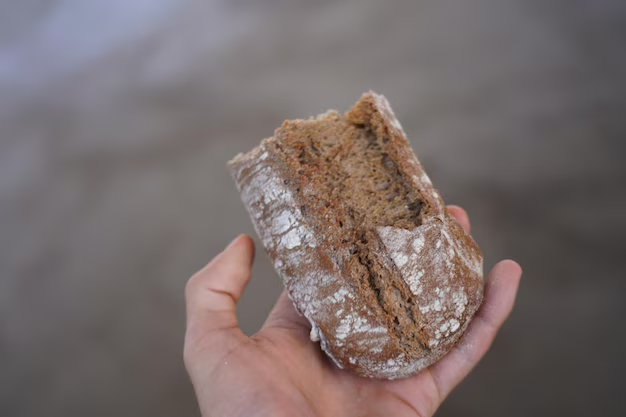Can People with Diabetes Enjoy Bread? Here’s the Sweet Truth
Enjoying a slice of bread with your breakfast or as a side to your dinner is a staple for many. However, if you're living with diabetes, you might wonder if this carb-rich delight can fit into your diet. The good news is, yes, diabetics can eat bread, but it's all about making the right choices.
Understanding Carbs and Diabetes
When you have diabetes, managing your carbohydrate intake is crucial, as it directly impacts your blood sugar levels. Bread, typically high in carbs, isn't off the menu, but it's essential to be mindful of the type and portion size.
Opt for Whole Grains
Whole grain breads are a better choice for those with diabetes. They have a lower glycemic index, which means they have a lesser impact on your blood sugar levels. Whole grains like whole wheat, rye, and multigrain retain more nutrients and fiber compared to refined grains, providing longer-lasting energy and better digestion.
Portion Control is Key
Moderation is crucial. Sticking to appropriate portion sizes—usually one to two slices—can help you enjoy bread without causing a spike in your blood sugar levels. Pairing bread with protein or healthy fats can also help slow down the absorption of carbs, stabilizing your glucose levels.
Reading Labels and Making Smart Choices
When selecting bread, it’s important to read labels carefully. Look for:
- High fiber content: Aim for at least 3 grams of fiber per slice.
- Minimal added sugars: Less sugar is always better.
- Low sodium: Opt for breads with reduced sodium levels to maintain heart health.
Consider experimenting with bread alternatives such as low-carb wraps or tortillas as well, which can offer similar satisfaction with fewer carbs.
Exploring Financial and Educational Support
Living with diabetes can sometimes mean higher medical expenses due to regular check-ups, medications, and, at times, special dietary needs. However, there are programs that can ease these financial burdens and help you manage your condition more effectively.
Government and Community Support
Numerous government aid programs provide support for those living with chronic conditions like diabetes. These might include:
- Medicare and Medicaid: These programs can cover part of the healthcare expenses, including doctor visits, diabetes supplies, and sometimes nutrition therapy.
- Supplemental Nutrition Assistance Program (SNAP): If you're eligible, SNAP can help reduce grocery costs.
Educational Opportunities
Staying informed about diabetes management is vital. Look into free workshops, classes, and seminars offered by local hospitals and health organizations. Often, these programs can provide dietary advice, meal planning, and more personalized strategies for managing diabetes effectively.
Financial Assistance Programs
If you're facing financial difficulties due to your health condition, there are non-profit organizations that offer assistance:
- American Diabetes Association (ADA): Provides resources and guidance on managing diabetes.
- NeedyMeds: A resource for finding programs that help with medication and healthcare costs.
To wrap up, while you can absolutely enjoy bread when you have diabetes, it's all about making informed, balanced choices. And beyond dietary adjustments, tapping into available financial and educational resources can greatly support your journey to better health.
Useful Resources for Financial and Educational Support:
- 📑 Medicare/Medicaid: Government health coverage
- 🥦 SNAP Benefits: Assistance with food purchases
- 📚 Free Diabetes Educational Workshops: Learn about managing your condition
- 💰 American Diabetes Association: Financial resources and support
- 🚑 NeedyMeds: Access to medication assistance programs
